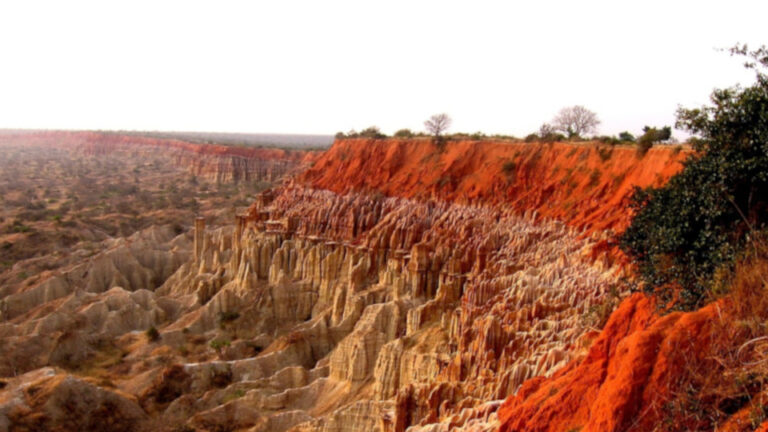Suche:
- # Artistry
- # Biology
- # Chemistry
- # Ecological
- # Economy
- # English
- # Foreign Language
- # Geography
- # German
- # Health
- # History
- # Informatik
- # Latin
- # Mathematics
- # Media Education
- # Music
- # Physics
- # Politics / Civics
- # Preschool
- # Primary School
- # Religion
- # Society
- # Sports
- # Technology
- # Training of Teachers
- # Vocational Education
Vertretungsstunde Geografie, Deutsch - Äquatorialguinea
Die interaktiven H5P-Module sind speziell entwickelt worden, um fachfremden Lehrkräften den Vertretungsunterricht im Fach Geografie zu erleichtern.
Learn moreVertretungsstunde Geografie, Deutsch - Angola
Die interaktiven H5P-Module sind speziell entwickelt worden, um fachfremden Lehrkräften den Vertretungsunterricht im Fach Geografie zu erleichtern.
Learn moreVertretungsstunde Geografie, Deutsch - Algerien
Die interaktiven H5P-Module sind speziell entwickelt worden, um fachfremden Lehrkräften den Vertretungsunterricht im Fach Geografie zu erleichtern.
Learn moreVertretungsstunde Geografie, Deutsch - Ägypten
Die interaktiven H5P-Module sind speziell entwickelt worden, um fachfremden Lehrkräften den Vertretungsunterricht im Fach Geografie zu erleichtern.
Learn moreVertretungsstunde Geografie, Deutsch - Vilnius
Die interaktiven H5P-Module sind speziell entwickelt worden, um fachfremden Lehrkräften den Vertretungsunterricht im Fach Geografie zu erleichtern.
Learn moreVertretungsstunde Geografie, Deutsch - Riga
Die interaktiven H5P-Module sind speziell entwickelt worden, um fachfremden Lehrkräften den Vertretungsunterricht im Fach Geografie zu erleichtern.
Learn moreVertretungsstunde Geografie, Deutsch - Tallinn
Die interaktiven H5P-Module sind speziell entwickelt worden, um fachfremden Lehrkräften den Vertretungsunterricht im Fach Geografie zu erleichtern.
Learn moreVertretungsstunde Geografie, Deutsch - Litauen
Die interaktiven H5P-Module sind speziell entwickelt worden, um fachfremden Lehrkräften den Vertretungsunterricht im Fach Geografie zu erleichtern.
Learn moreVertretungsstunde Geografie, Deutsch - Lettland
Die interaktiven H5P-Module sind speziell entwickelt worden, um fachfremden Lehrkräften den Vertretungsunterricht im Fach Geografie zu erleichtern.
Learn moreVertretungsstunde Geografie, Deutsch - Estland
Die interaktiven H5P-Module sind speziell entwickelt worden, um fachfremden Lehrkräften den Vertretungsunterricht im Fach Geografie zu erleichtern.
Learn moreVertretungsstunde Geografie, Deutsch - Petersdom
Die interaktiven H5P-Module sind speziell entwickelt worden, um fachfremden Lehrkräften den Vertretungsunterricht im Fach Geografie zu erleichtern.
Learn moreVertretungsstunde Geografie, Deutsch - Vatikan
Die interaktiven H5P-Module sind speziell entwickelt worden, um fachfremden Lehrkräften den Vertretungsunterricht im Fach Geografie zu erleichtern.
Learn more















